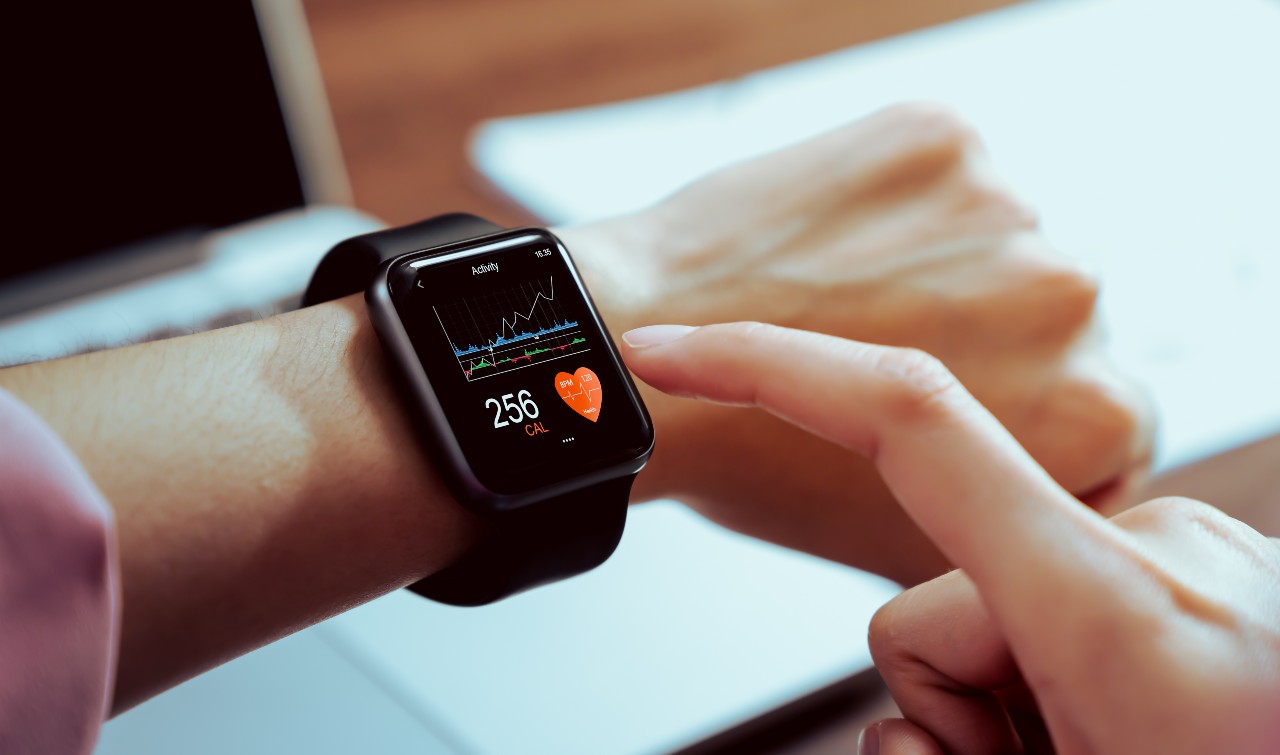There is no doubt that technology plays a vital role in healthcare. From robotic-assisted surgery such as the Da Vinci robotic surgery system, infrared light therapy, and hyperbaric oxygen chambers to assist with healing, we are in the midst of a technological revolution. Yet, these devices do not even scratch the surface of modern medicine’s marvels. With so much tech now becoming commonplace in healing modalities, it can be easy to get lost in the mix. So where does traditional medicine connect with new forms of treatment and healing?
There is no doubt that modern marvels are here to stay when it comes to healthcare treatments, interventions, and prevention. Here at Innova Primary Care, we know that our patients are tech-savvy. We see you log in to Ipads with your patient information and insurance details every time you enter our facility. We hope to be a practice that meets our patients where they are and provide timely care with the assistance of the most up-to-date technology available. However, we also know that medical tech can be overwhelming to some.
While there has been so much medical technological advancement in the past several years, we want to discuss medical tech accessible to everyone, should they choose to partake. The products and services we will cover can help everyone as they seek to live their best and healthiest lives. Let’s dig in!
The four pillars of health
To begin with, we will base our discussion today on the four pillars of health. These include sleep, nutrition, exercise, and relaxation. We won’t discuss molecular biology and ways to tap into cellular function. However, we all know that there are foundational practices that can impact overall health, and advancements in medical technology mean that there are ways we can track these foundations.
Are there extraordinary leaps in tech for surgery? Absolutely. Are there new technological interfaces that allow you to consult with your healthcare provider without entering the office? Yep! Are there new medical devices enabling you to live a longer and more fulfilling life? Again, the answer is clearly yes. But for today, we will focus on wearable technology available to everyone that can allow you to focus on the basics. Once you nail the foundational principles of health, the rest is just icing on the cake.
Let’s talk sleep
We all know we need to focus on sleep. While asleep, your body is hard at work consolidating memories, working on hormone regulation, supporting your brain health, working to support your heart health, and protecting your immunity.
Did you know that there are phases of sleep that each work to keep you strong and healthy while awake? You may get your prescribed 7 to 9 hours of sleep, but your health can suffer if you do not enter into each phase of sleep with adequate time.
Knowing if your sleep is working against you can be challenging, and sometimes technology can provide information. Gone are the days when you wondered whether you achieved enough REM or deep-core sleep. Instead, you can use technology as a way to help you find your best sleep ever.

Wearable technology for sleep
Wearables such as the Apple Watch, Whoop system, or the Oura Ring are great devices to help you track the amount and types of sleep you get each night. In addition, these devices can alert you to your sleep patterns and suggest ways to help you get into longer restorative sleep stages.
For those who love their Apple Watches, you can track your sleep quality when wearing them at rest. In addition, multiple apps are available that track sleep from the Apple watch to represent sleep quality accurately.
The Whoop is a wrist wearable helpful in tracking multiple functions. This device can be used to help you track your activity as well as your sleep.
The Oura ring, in particular, will alert you to less than advantageous sleep and let you know when you are not recovering so that you can make adjustments throughout the next day. This device is worn on your index finger, although you can also choose the middle or ring finger as well. The most important thing to consider is fit, so choose wisely and follow guidelines from the manufacturer.
Technology for nutrition
Nutrition is yet another pillar of health. Unfortunately, nutrition can be a source of confusion for many of us. How do we know our caloric needs? How do we determine our macronutrient and micronutrient intake? When should we eat? Should we intermittent fast or do keto?
Clearly, there are many questions surrounding nutrition. While wearables or apps can’t tell you everything you should do, once you have answers surrounding your nutritional needs, technology can help you.
Regarding nutrition, several online apps can help you out. According to Healthline, there are a few apps that stand out. These include MyPlate Calorie Counter MyFitnessPal and Plat
Nutrition is vital to a healthy lifestyle, and whether you want to lose weight or find a macronutrient ratio that makes you feel your best, tracking your food intake can help you along the way. Each of these apps allows you to input your meals and set your caloric needs. Then, when you put in your meals, you can track your calories, macronutrients, and micronutrients to help you develop a healthy attitude towards food and meet your goals.

Great technology to help you track exercise
Fitness trackers have been all the rage for years now. But we want you to know that fitness trackers will only take you so far. They aren’t perfect and do not track calorie burn efficiently. Nevertheless, fitness trackers such as the Apple Watch, the Whoop, FitBit, Garmin watches, and Coros (among others) can be great incentives to track heart rate, recovery, and mileage.
However…they are not perfect indicators of fitness. We are all behind tracking steps and keeping an eye out on heart rate zones. But it would help if you remembered these devices aren’t the end all and be all for fitness. We all come to fitness at different levels. Technology is excellent in helping us stay motivated but don’t forget to analyze how you FEEL. There is so much variation in heart rate among us all that you cannot rely on tech to give you all the answers. Be smart. Work hard. But don’t let technology rule your fitness game.
Technology for relaxation
Stress in America is a huge problem. A 2022 report from the American Psychological Association found that over twenty-five percent of Americans are so stressed out that they cannot find a way to function.
We are a stressed-out nation, and while technology was the root of some of the stress, there are apps that can help us address our stress healthily. Managing stress is no easy feat, but according to Stress.org, some apps can help you calm your mind and find ways to address the stress in your life.
Headspace[lm1] offers help with mindful meditations, sleep, and stress management and is available on multiple platforms. Insight Timer provides guided meditations, sleep assistance, breath work, and even guided yoga to help you unwind and de-stress.
Technology and health are here to stay
Our society has evolved over the years, along with advancements in technology. As a result, tools are available to everyone to help improve health like never before. Even if you don’t feel like you can benefit from advancements in medical technology, chances are you already have. So please know you don’t have to have the lasted in wearable health technology or apps to feel your best! Here at Innova Primary Care, we long to treat everyone, heart, mind, body, and soul.
If you aren’t feeling your best and are looking for ways to improve your health, please reach out.



 About
About About
About

 About
About About
About About
About About
About About
About













